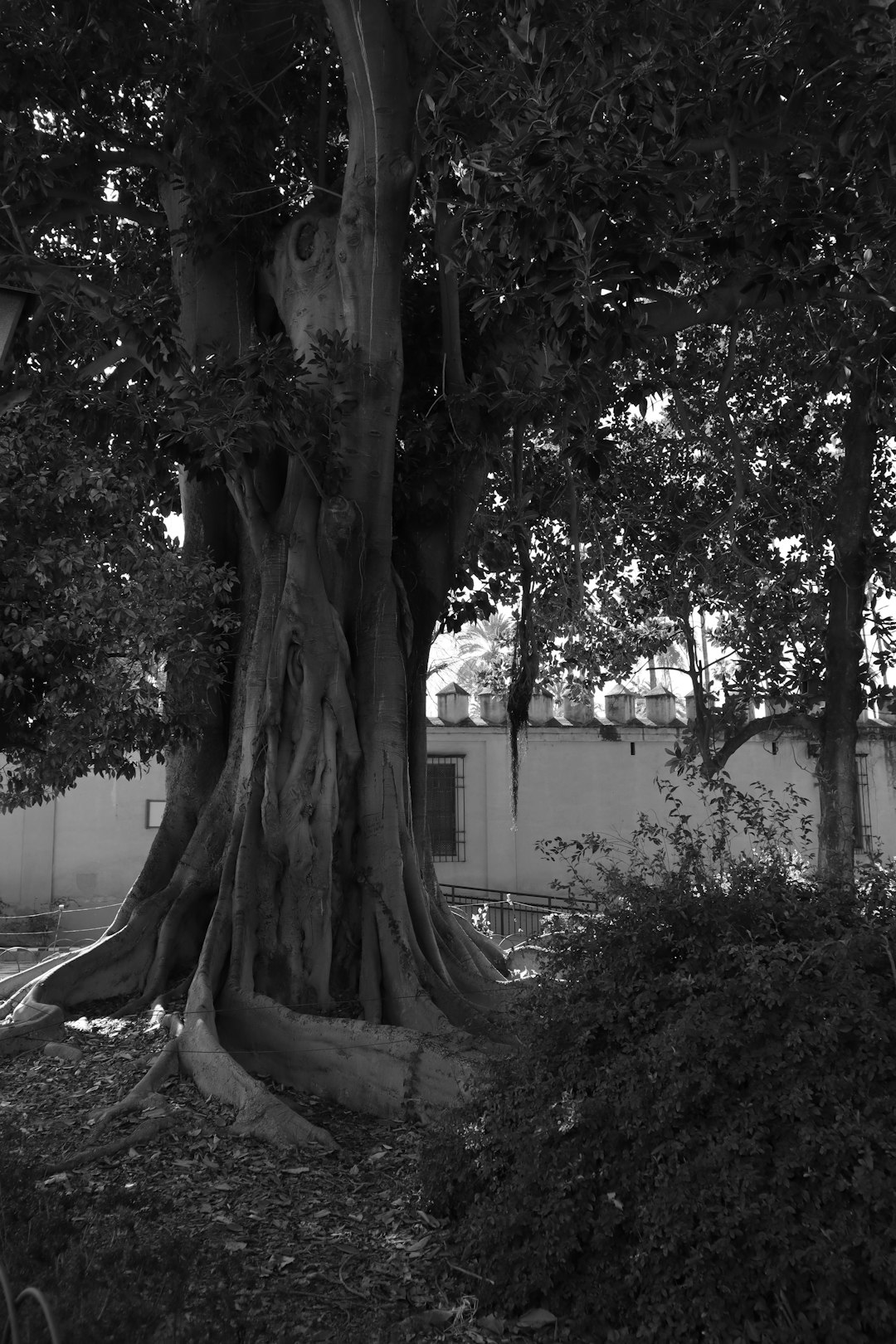Creating a distinctive logo is a critical step for bookstores and independent publishers seeking to establish a memorable identity in a competitive market. A strong logo doesn’t just communicate what a business does—it reflects its unique personality, values, and place in the literary world.
TLDR: Designing a logo for a bookstore or independent publisher involves more than just aesthetics. It’s about capturing the brand’s mission, atmosphere, and audience appeal. The best logos balance creative imagery with readability and versatility. Below are 12 thoughtful logo ideas that can suit a variety of literary businesses, from cozy bookshops to bold indie presses.
1. Open Book Symbol
This classic yet timeless idea uses the silhouette of an open book. It instantly signals the business domain and can be stylized to reflect the tone of the brand—whether minimalist, playful, or vintage. You can pair it with a serif or sans-serif typeface depending on your desired mood.
Variations might include open pages forming other shapes, like wings or a heart, to evoke deeper symbolism such as freedom or passion for reading.
2. Quill and Ink Imagery
Perfect for independent publishers, the quill and ink logo pays homage to the art of writing and publishing. It evokes a sense of timeless storytelling and the traditional publishing craft.
This logo works exceptionally well in a monochrome or deep-colored palette. A modern twist might be blending the quill with digital elements, symbolizing both heritage and innovation.
3. Stylized Bookshelf
A logo showcasing a stylized bookshelf offers charm and relatability, especially for physical bookstores. It can be as detailed as a full shelf filled with book spines or as minimal as three vertical lines hinting at books on a shelf.
Popular in urban and community-driven stores, the shelf can be further customized to include items like coffee mugs, plants, or eyeglasses to give it personality.
4. Typography-Based Logo
Sometimes, the name itself becomes the logo through clever use of typography. A bookstore or publishing house can use custom lettering, perhaps incorporating elements like bookmarks, ink splatters, or feather shapes within the text.
Font selection plays a crucial role here—serif fonts evoke tradition and sophistication, while sans-serif fonts suggest modernity and accessibility.
5. Animal Motif
Choosing a specific animal that aligns with your brand identity can make your bookstore unforgettable. Owls, foxes, cats, and ravens are common in literary settings and naturally resonate with book lovers.
For example, an owl perched on an open book can imply wisdom and reading, while a fox curled around a novel might signal clever storytelling.

6. Ink Blot or Brush Stroke
Artistic and abstract, an ink blot or brush stroke can represent creativity and the fluid process of storytelling. These logos have an expressive, almost poetic vibe—great for small literary print houses or art-focused bookstores.
These elements also adapt well for letterhead, website headers, and spine branding, offering visual consistency across platforms.
7. Book and Tree Fusion
This popular choice blends a book with the shape of a tree, symbolizing growth, knowledge, and life. The roots might blend into a hardcover, or the tree’s leaves could mimic open pages, creating undivided flow in design.
It’s particularly effective for eco-conscious publishers or bookstores that emphasize learning and community engagement.

8. Minimalist Book Icon
Simplicity is elegance. A clean outline of a book or stack of books, especially in black and white, conveys sophistication and modern taste. These logos are often scalable, highly legible, and easy to implement across digital and print formats.
Minimalist logos are also flexible—they allow color palette shifts for events or branding updates without losing core recognizability.
9. Vintage Emblem Style
For those aiming to highlight history and tradition, a vintage emblem with ornate borders and classic fonts can captivate audiences. Books, lamps, scrolls, or monograms can add character and depth.
These logos suit stores housed in historic buildings or publishers focusing on classical literature and archival works.
10. Abstract Typeface with a Twist
Use abstract or geometric fonts designed exclusively for your brand to forge a unique identity. Instead of recognizable book imagery, lean into creative typography that embodies the brand’s voice.
For example, reshaping letters to resemble stacked books or a maze can draw the audience into a second look, enhancing curiosity.
11. Paper Airplane or Scroll
A paper airplane or scroll logo adds motion and playfulness. Ideal for children’s publishers or whimsical bookstores, this style can reflect storytelling’s imaginative journey and carefree nature.
With bright colors and softer shapes, such a logo appeals to younger audiences or brands focused on early education and creativity.
12. Literary Icons Collage
Combine multiple literary symbols—a quill, an open book, a candle, glasses, or typewriter keys—into one cohesive design. These composite styles work well for vibrant indie publishers or multi-genre bookstores.
Consider incorporating elements that reflect not only books but also the storytelling process, enhancing the sense of purpose and history in your logo.
Conclusion
Whether you’re opening a cozy neighborhood bookshop or building a bold independent publishing label, your logo sets the visual tone for your brand. Balancing classic literary elements with your unique twist will help your logo stand out in both traditional and digital spaces. Use the ideas above as inspiration to create something visually striking, meaningful, and unmistakably yours.
Frequently Asked Questions (FAQ)
-
Q: What makes a logo effective for a bookstore or publisher?
A: A good logo should be simple, memorable, and relevant to the brand’s identity. It should work well in both large and small formats across different media. -
Q: Should my bookstore logo include text or just imagery?
A: This depends on your branding strategy. Many effective logos combine both, but it is also possible to rely on strong visuals or uniquely styled text alone. -
Q: How important is color in bookstore logos?
A: Very important. Color evokes emotion and connects with audiences on an instinctual level. Choose colors based on the atmosphere and message you want your brand to convey. -
Q: Can I use AI to help generate logo ideas?
A: Absolutely. AI design tools can be helpful for initial brainstorming, offering variations on color, layout, and iconography. However, a human designer can better capture nuanced branding. -
Q: What file types should I have for my logo?
A: Ensure your designer provides you with high-resolution vector files (like .AI or .SVG), as well as web-friendly formats like .PNG and .JPG.
